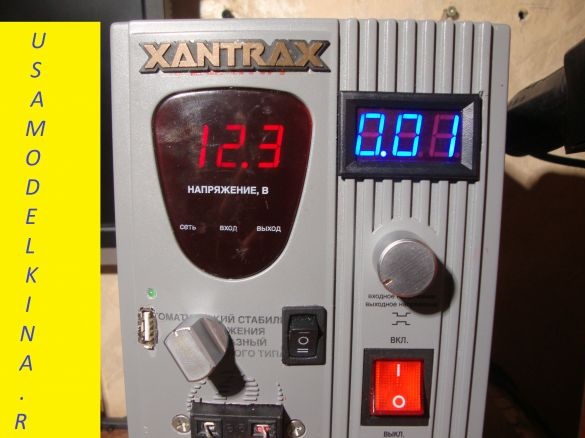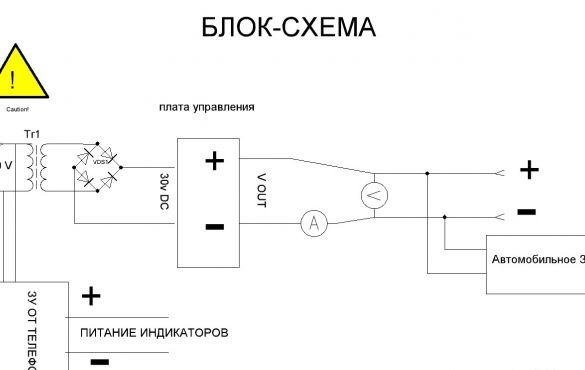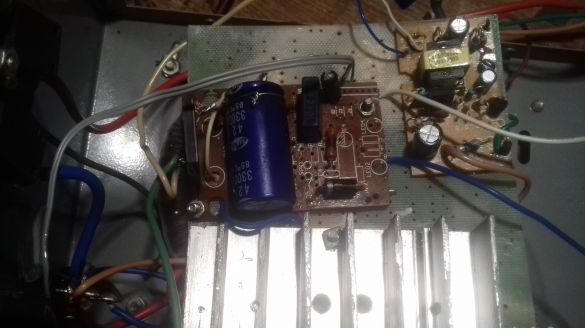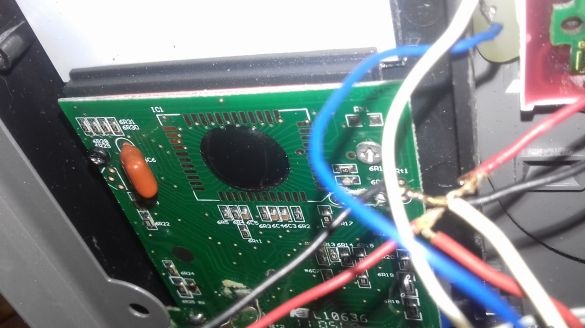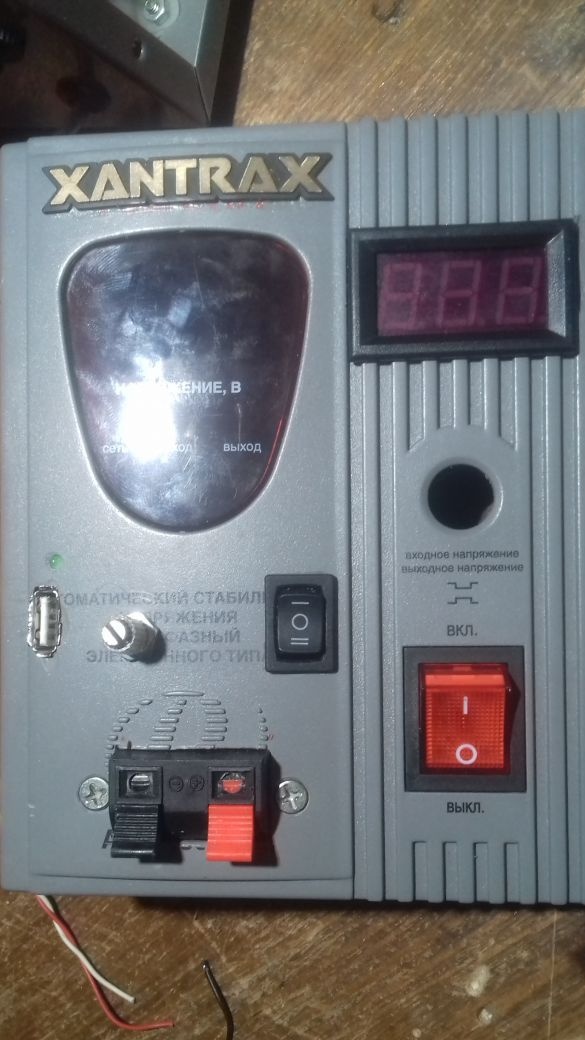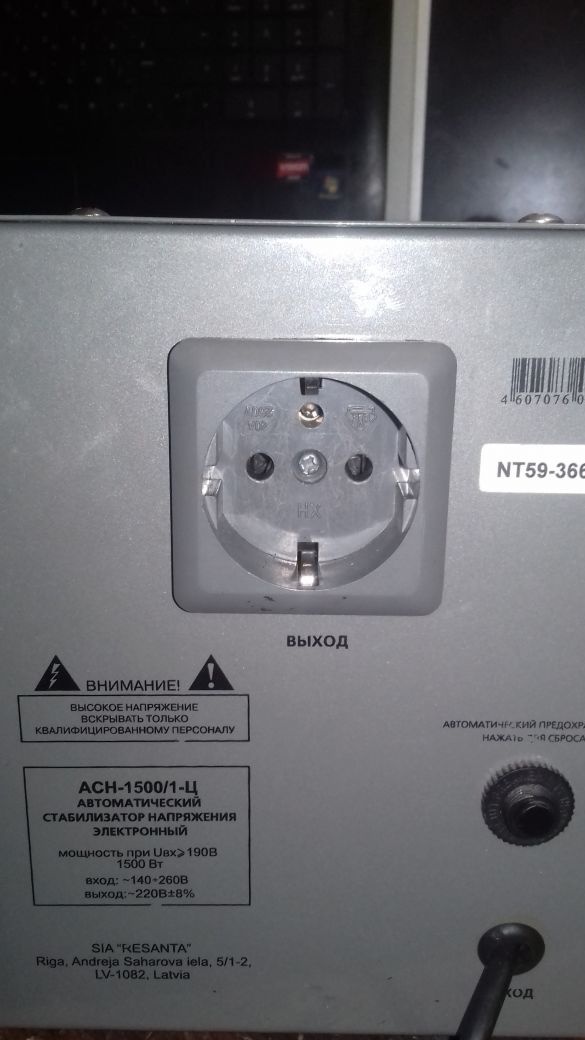For this we need:
Instruments :
dremel (or anything for making holes)
files, files,
screwdrivers
wire cutters
soldering iron
Details
transformer
microcircuit LM 317
diodes 1N4007 - 2 pieces
electrolytic capacitors:
4700 uf 50v
10uf 50v
1uf 50v
constant resistor 100-120 Ohm x 3-5 W
2.7 kOhm variable resistor (better wire, but any will do)
voltmeter
ammeter
phone and car charger
terminals
switch
ASSEMBLY
First, let's decide on the regulator circuit. On the Internet, their carriage and a small cart, choose the taste.
I probably chose the simplest and easiest to repeat, and yet it is the same workable.
For clarity, I sketched a block diagram of my device, but it is not necessary to repeat exactly, the scope for imagination is unlimited.
Next, we decide on the body. They gave me a very useful dead voltage regulator.
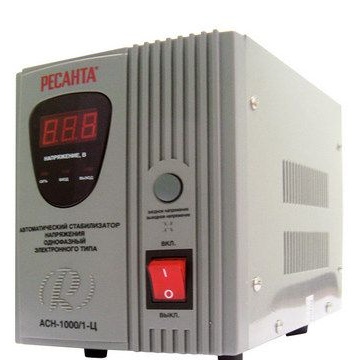
We remove the insides and begin to fill with new ones (I hope everything is already soldered and laid out on the table)
Transformer. The main and most expensive part, but if there is no suitable one in the zashniks, then I do not advise saving. A toroid with an output voltage of 12 - 30 V and a current is best suited ... Well, a lot does not happen, but not less than 3 A.
In the front part, cut out the necessary holes. My voltmeter went to a regular place, and the same mains switch remained in place. I was a little wiser with an ammeter, initially I used an unnecessary DT-830 multimeter, setting it to 10 A, then I got hold of a normal LED. Here are both options, as you like more:
I used a charger from the phone to power the indicators, any one is suitable, but another solution is possible: if your transformer has not one but several secondary windings, then select the desired voltage (usually from 4 to 12 V) and power it through the diode bridge. In the version with a multimeter, remove the zener diode from the charge. Next, we need car charging for ... Well, for charging phones))) Why car? Because it will be connected in parallel with the output terminals of the PSU, and since it has its own stabilizer, which easily withstands 30 V, accidentally turning the regulator you will not burn the gadget.Of course, it’s possible to solve it easier and solder the USB connector to the network charge, which feeds the measuring heads, but in this case the current consumption of the connected device will not be reflected on the ammeter. In my case there was a nice bonus in the form of an outlet, we also use it. For example, to connect a soldering station or a lamp.
Well, in general, our LBP is ready. Good luck to all !
Implement video:


